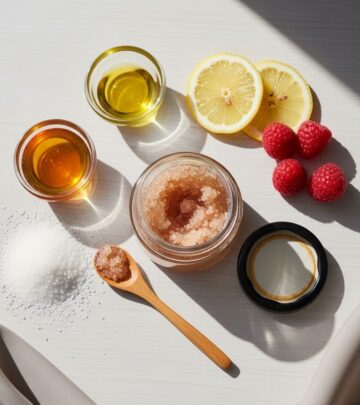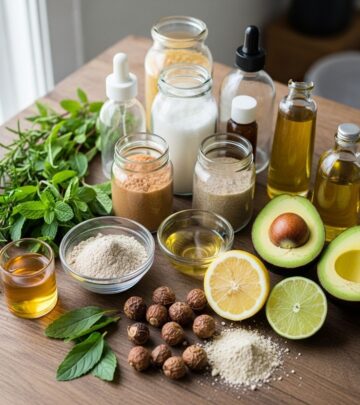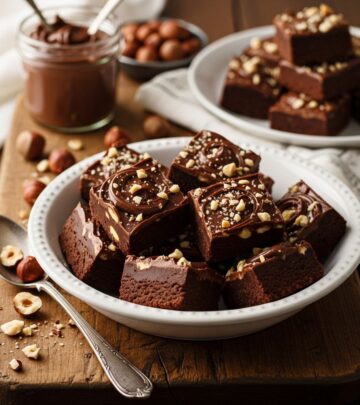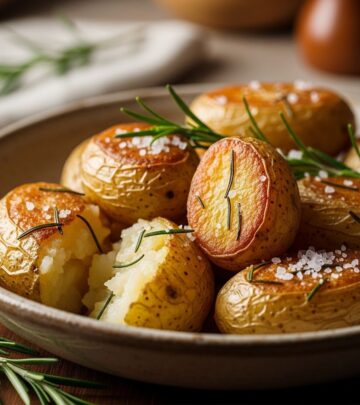Homemade Phyllo (Filo) Dough: Step-by-Step Guide for Perfect Paper-Thin Pastry
Transform pantry staples into paper-thin sheets for restaurant-quality pastries.
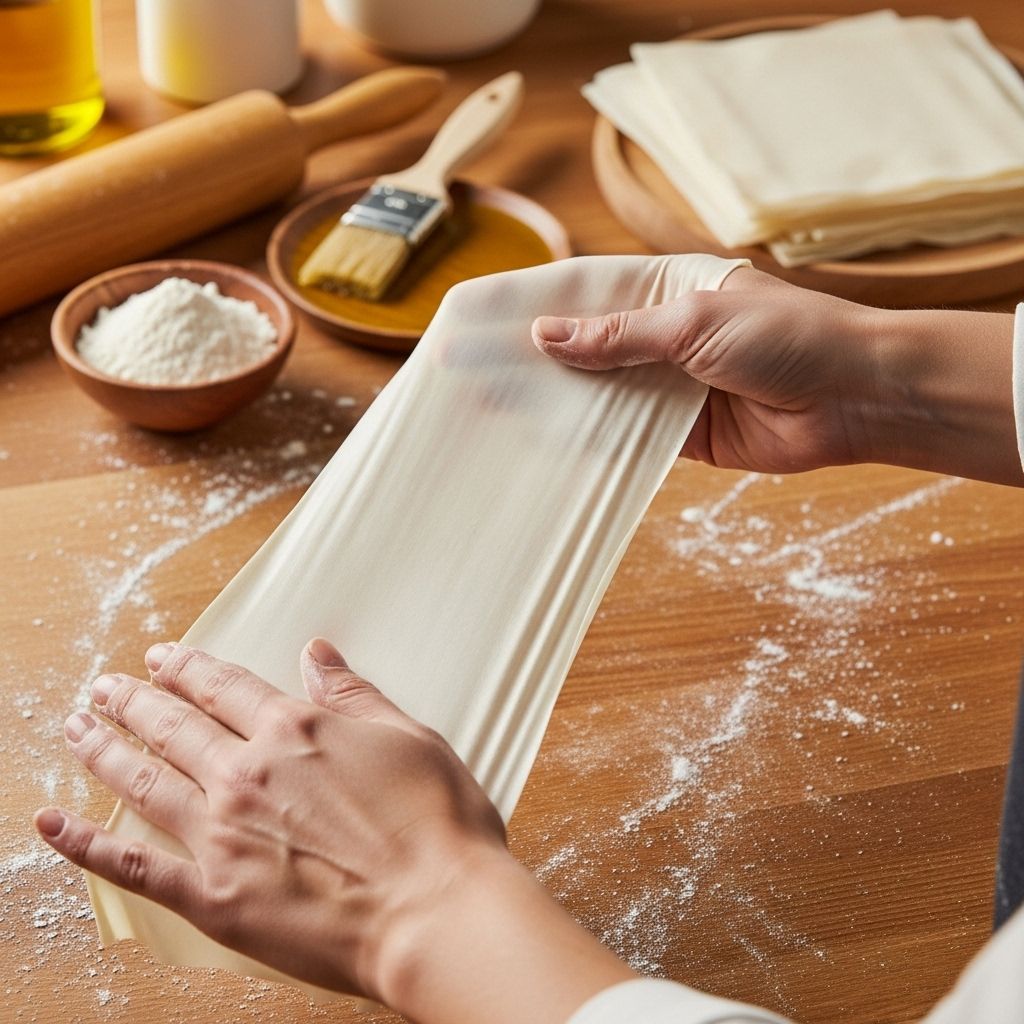
Image: HearthJunction Design Team
Homemade Phyllo (Filo) Dough: Step-by-Step Guide
If you’ve ever tasted the delicate layers of a well-made pastry—like baklava or spanakopita—you know that phyllo (or filo) dough creates a crisp, buttery texture unrivaled by any other pastry. While store-bought sheets are convenient, nothing compares to the freshness, taste, and satisfaction of making your own phyllo dough at home. With this in-depth guide, you’ll learn how to craft paper-thin phyllo dough from scratch, along with expert tips and troubleshooting advice for perfect results every time.
What is Phyllo (Filo) Dough?
Phyllo (also spelled “filo” or “fillo”) is a simple unleavened dough rolled out into tissue-thin sheets. Originating from Greece (the word phyllo means “leaf” in Greek), these sheets are used to make a variety of classic pastries—both sweet, such as baklava, and savory, like spanakopita. The hallmark of good phyllo is its delicate, crispy, and melt-in-your-mouth texture when baked.
Ingredients for Homemade Phyllo
Phyllo dough is made using basic pantry staples. Here’s what you’ll need:
- All-purpose flour – The backbone of the dough.
- Salt – For flavor.
- Olive oil – Adds subtle richness and elasticity.
- Vinegar (white or red wine) – Tenderizes and helps create stretchier dough.
- Warm water – Binds the ingredients together.
- Cornstarch – Essential for dusting, keeping the sheets separate and crisp.
| Ingredient | Quantity |
|---|---|
| All-purpose flour | 2 cups (approx. 250g) |
| Salt | 1 tsp |
| Vinegar | 2 tsp |
| Olive oil | 2 tbsp |
| Warm water | 3/4 cup (approx. 180ml) |
| Cornstarch (for dusting) | 1 cup |
Step-by-Step Instructions: Making Phyllo Dough
1. Prepare the Dough
- Combine the flour and salt in a large mixing bowl.
- Add olive oil and vinegar. Mix gently.
- Gradually pour in the warm water while kneading with your hand or a dough hook until a soft, slightly sticky dough forms.
- Knead the dough for 10 minutes until it becomes smooth and elastic.
Tip: If the dough feels dry, add a splash of water. If too sticky, add a sprinkle of flour.
2. Rest the Dough
- Wrap the dough in plastic wrap or cover with a damp towel.
- Let it rest at room temperature for at least 30 minutes—up to 1 hour is better.
This rest allows gluten to relax, making the dough easier to roll thinly without springing back.
3. Divide and Shape
- Unwrap the dough and transfer it to a lightly floured surface.
- Divide the dough into equal pieces (about the size of a golf or tennis ball, depending on the desired sheet size).
- Shape each portion into a smooth, flat disc.
- Keep all pieces covered with a damp towel to prevent drying out while you work.
4. Rolling Out the Phyllo Sheets
- Lightly dust your work surface and rolling pin (or a long dowel) with cornstarch.
- Take one dough ball and roll it out as thinly as possible, starting from the center and working outward.
Rotate the dough as you roll to maintain an even thickness. - If using a dowel or long rolling pin, wrap the dough gently around it and stretch it outward with your fingers for extra thinness.
- If the sheet tears, patch it gently—homemade phyllo is forgiving, and small tears won’t matter once layered.
- Roll until the sheet is nearly transparent and thin enough to read a newspaper through it.
- Dust generously with cornstarch, then set each sheet aside, covered with a towel.
5. Stacking & Final Rolling
- For easier handling, roll out a set of 3-5 small sheets. Dust each with cornstarch, stack, then gently roll the stack together to achieve the final thinness.
- Carefully peel the sheets apart, dusting again with cornstarch if they stick.
Repeat rolling and separating until all dough portions are used. Now your homemade phyllo sheets are ready for use in savory or sweet recipes.
Tips for Perfect Homemade Phyllo
- Use cornstarch liberally between sheets to prevent sticking.
- Rest the dough for the full time to ensure elasticity and ease of rolling.
- Cover dough and sheets at all times to avoid drying out.
- Patch small tears—they’ll disappear when layered and baked.
- Roll gently—avoid pressing down too hard, as this can tear the dough.
- Practice patience—the process gets easier and faster with each attempt.
How to Store Homemade Phyllo Dough
- Use the phyllo immediately after rolling for the best results.
- If not using right away, cover the stack tightly in plastic wrap, then place in a zip-top bag.
- Refrigerate for up to 1 week.
Freeze for up to 2 months—thaw overnight in the fridge before using. - Always bring phyllo to room temperature before handling to avoid cracking.
Common Uses for Phyllo Dough
Homemade phyllo can be used in both sweet and savory dishes. Here are a few favorites:
- Baklava: Rich, honey-soaked layered nut pastry.
- Spanakopita: Greek spinach and feta pie.
- Tyropita: Greek cheese pie.
- Börek: Savory filled Turkish pastries.
- Apple strudel: Central European dessert with apples and spices.
Phyllo Dough Troubleshooting Guide
| Problem | Possible Cause | Solution |
|---|---|---|
| Dough is too stiff | Not enough water or too much flour | Add a little more water and knead until flexible |
| Dough shrinks back when rolling | Gluten not relaxed | Let dough rest longer, covered |
| Sheets tear easily | Dough is too dry or not kneaded enough | Mist with water, knead more, or roll more gently |
| Sheets stick together | Insufficient cornstarch dusting | Dust more generously between sheets |
| Phyllo isn’t crisp after baking | Dough was too thick or not enough butter/oil brushed between layers | Roll thinner, use more butter/oil between layers |
Serving and Baking Tips
- Always butter or oil each phyllo layer in your recipes for the signature flakiness.
- Trim sheets as needed to fit your baking dish—don’t worry about small imperfections.
- Bake until golden and crisp—the time will vary by recipe.
- Phyllo dough can be used with many fillings—get creative!
Frequently Asked Questions (FAQs)
Q: How thin should I roll phyllo dough?
A: As thin as possible—ideally, you should be able to see the pattern of your countertop or read a newspaper through the dough. Homemade phyllo won’t be quite as wafer-thin as store-bought, but that’s perfectly fine; it will still yield a wonderfully flaky result.
Q: What’s the best way to roll out phyllo if I don’t have a dowel?
A: A standard rolling pin works well; just keep rotating and dusting the dough with cornstarch. The dowel method (a long, thin rod) is traditional in Greece and Turkey for stretching sheets ultra-thin, but isn’t required for great results.
Q: Why does my dough tear or shrink back?
A: If the dough fights back, it needs more resting time for the gluten to relax. If it tears, patch it gently—phyllo is forgiving once layered.
Q: Can phyllo dough be made in advance?
A: Yes! You can refrigerate it for up to 1 week or freeze for up to 2 months. Always wrap tightly and bring to room temperature before using.
Q: Is homemade phyllo better than store-bought?
A: Homemade phyllo tastes fresher, is more forgiving, and browns more beautifully than most commercial brands. The process requires a little practice, but the flavor and texture are well worth the effort.
Q: How do I keep phyllo from sticking together?
A: Generous dusting with cornstarch between sheets is key. Work quickly and keep all dough and sheets covered to prevent drying.
Final Thoughts
Making homemade phyllo dough is an art form passed down through generations. The process is meditative and deeply rewarding, resulting in uniquely crisp and flavorful pastries. Whether you’re preparing an elaborate baklava or a simple pie, mastering phyllo will elevate your baking and impress at any table. With these clear steps, expert tips, and troubleshooting advice, you’re set to create pastry layers worthy of any Greek yia-yia or Turkish chef!
References
- https://www.yummytummyaarthi.com/homemade-phyllo-pastry-recipe-how-to/
- https://www.kopiaste.org/2007/11/how-to-make-dough-and-roll-out-phyllo/
- https://www.food.com/recipe/homemade-phyllo-pastry-71214
- https://www.allrecipes.com/recipe/9454/greek-baklava/
- https://www.allrecipes.com/recipe/259481/homemade-phyllo-or-filo-dough/
Read full bio of medha deb


